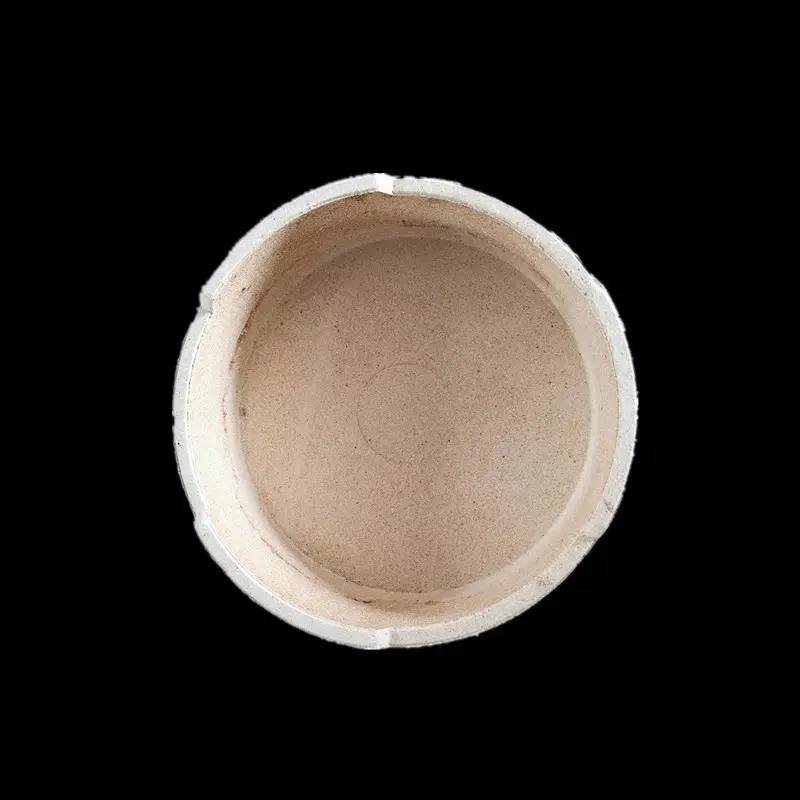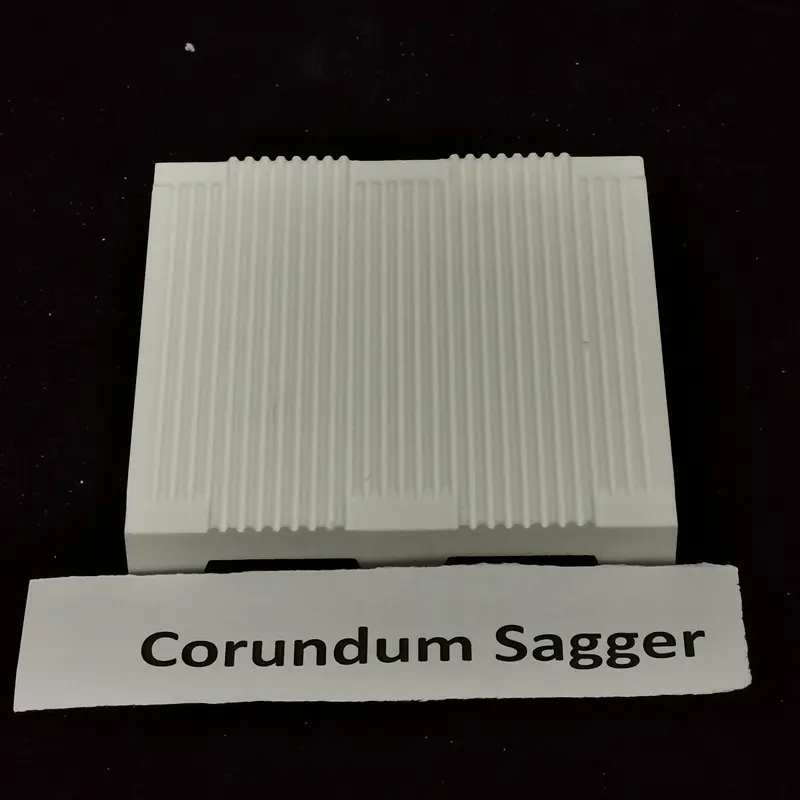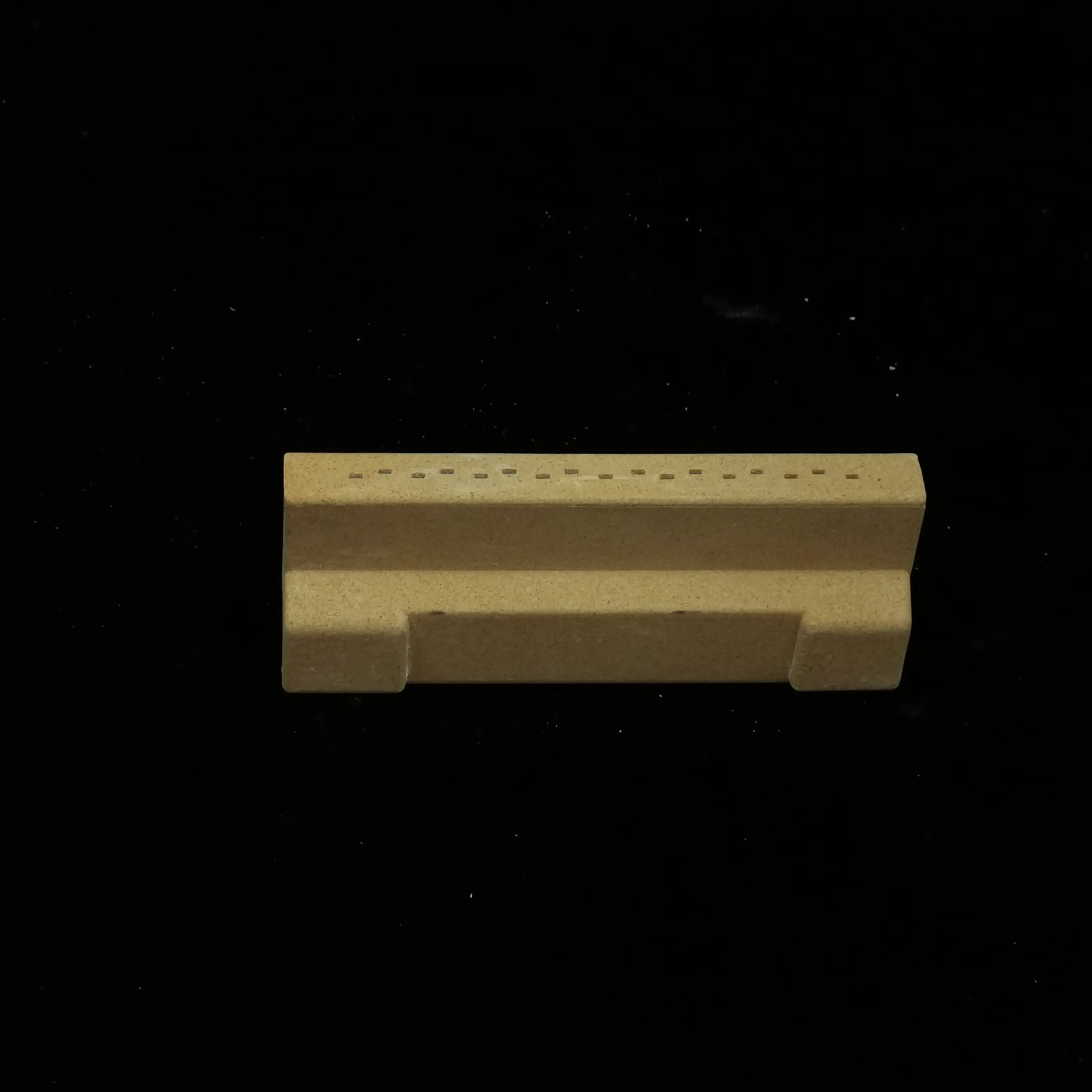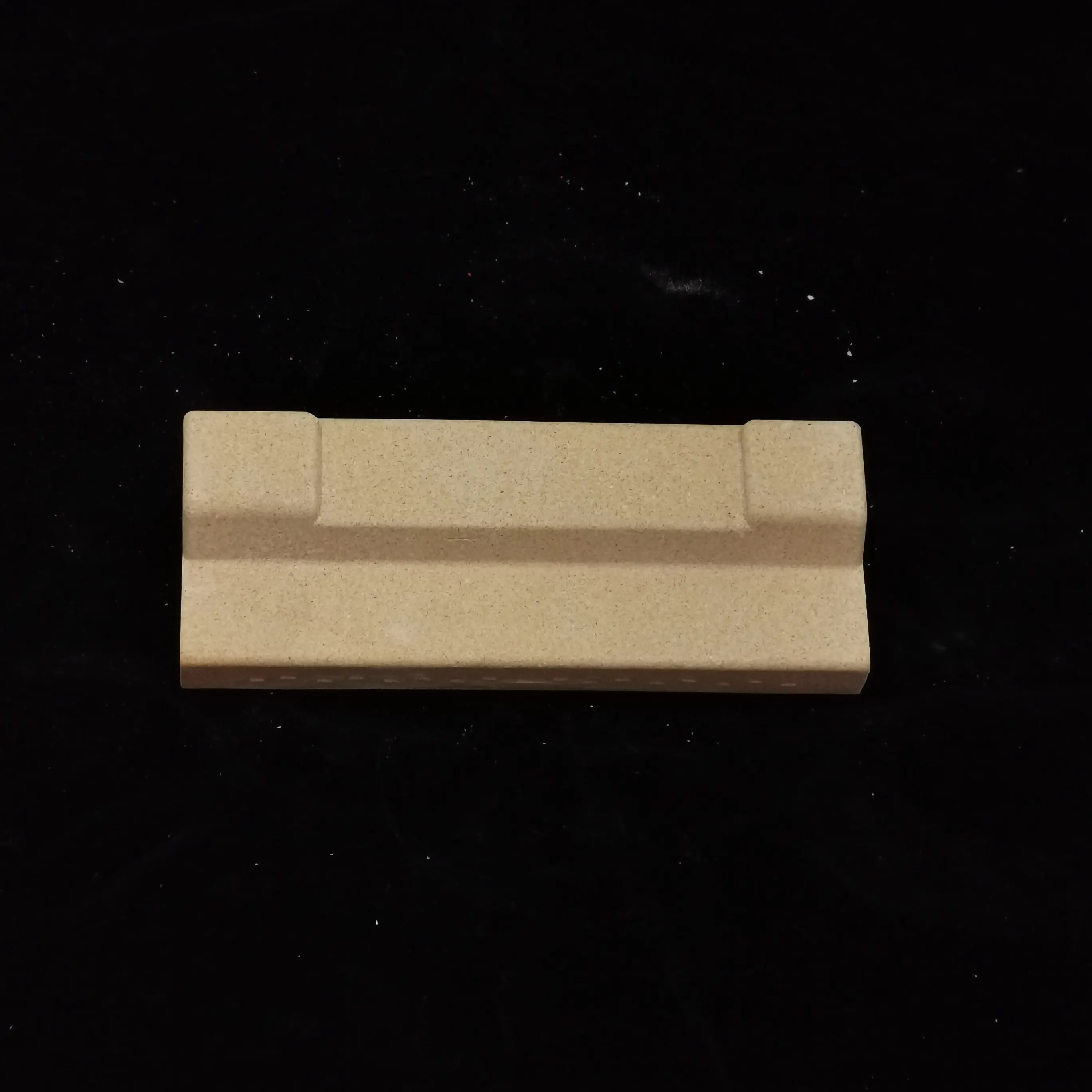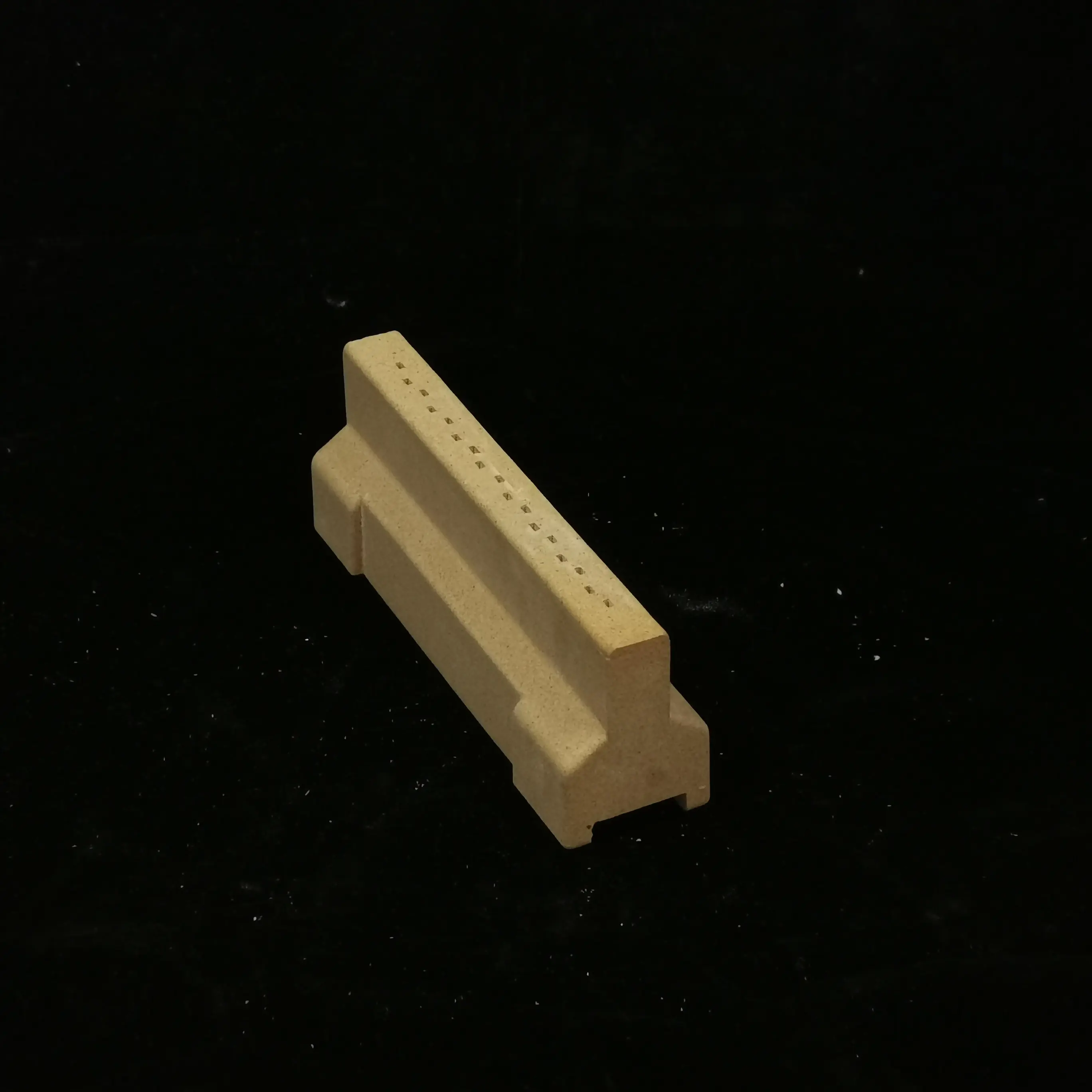electric heating ceramic supports used for dryer machine
2. Material Composition and Key Properties
2.1 Common Ceramic Materials Used
-
Steatite (MgSiO₃):
-
Low thermal expansion (8–9 × 10⁻⁶/°C)
-
High mechanical strength (100–150 MPa)
-
Cost-effective for mass production
-
-
Cordierite (2MgO·2Al₂O₃·5SiO₂):
-
Exceptional thermal shock resistance
-
Ultra-low thermal expansion (1.5–2.0 × 10⁻⁶/°C)
-
Ideal for rapid heating/cooling cycles
-
-
Alumina (Al₂O₃):
-
Superior dielectric strength (>15 kV/mm)
-
Extreme hardness (Mohs 9) for wear resistance
-
Used in high-power industrial dryers
-
2.2 Critical Performance Characteristics
-
Thermal Stability: Withstands continuous temperatures of 500–1000°C.
-
Electrical Insulation: Prevents short circuits in high-voltage heating elements.
-
Mechanical Rigidity: Supports heating coils without deformation.
-
Moisture Resistance: Glazed surfaces prevent degradation in humid environments.
3. Manufacturing Process
3.1 Forming Techniques
-
Dry Pressing: Most common for simple shapes (e.g., cylindrical supports).
-
Injection Molding: Used for complex geometries with integrated clips or grooves.
-
Extrusion: Produces long, uniform supports for coiled heating elements.
3.2 Sintering and Finishing
-
Fired at 1200–1400°C to achieve full density.
-
Glazing applied for moisture protection and smoother surfaces.
-
Laser drilling for precise screw-thread or wire-channel alignment.
4. Functional Design in Dryer Machines
4.1 Primary Roles
-
Heating Element Support: Holds nichrome or Kanthal wires in place.
-
Electrical Isolation: Prevents current leakage to the dryer chassis.
-
Heat Distribution: Ensures uniform airflow for efficient drying.
4.2 Common Configurations
-
Post Insulators: Vertical supports for heating coil alignment.
-
Clamp-Style Holders: Secures wires while allowing thermal expansion.
-
Threaded Insulators: Used in screw-mounted heating assemblies.
5. Advantages Over Alternative Materials
| Material | Max Temp (°C) | Dielectric Strength (kV/mm) | Key Limitations |
|---|---|---|---|
| Ceramic | 1000+ | 10–20 | Brittle if impacted |
| Plastic | 150–200 | 15–30 | Melts under high heat |
| Mica | 500–600 | 40–60 | Fragile, expensive |
-
Why Ceramic Wins:
-
No deformation at high temperatures.
-
Longer lifespan than plastic or mica.
-
Better fire safety (non-combustible).
-
6. Common Failure Modes and Solutions
6.1 Thermal Stress Cracking
-
Cause: Rapid temperature changes.
-
Solution: Use cordierite instead of steatite for better thermal shock resistance.
6.2 Mechanical Fracture
-
Cause: Vibration or impact during dryer operation.
-
Solution: Reinforce with silicon carbide additives.
6.3 Electrical Tracking
-
Cause: Moisture or dust accumulation.
-
Solution: Apply hydrophobic glaze coatings.
7. Innovations and Future Trends
7.1 Self-Monitoring Ceramics
-
Embedded microsensors detect overheating or cracks in real time.
7.2 3D-Printed Custom Supports
-
Additive manufacturing allows optimized airflow designs.
7.3 Eco-Friendly Materials
-
Recycled alumina ceramics reduce manufacturing waste.
8. Conclusion
Electric heating ceramic supports are indispensable in dryer machines, offering unmatched thermal and electrical performance. As dryer technology evolves toward higher efficiency and smart features, advanced ceramics with embedded sensors and improved durability will play an even greater role. Manufacturers must continue optimizing materials and designs to meet increasing demands for energy efficiency and safety.


